Champagne is no doubt the most well-known sparkling wine in the world. It is so prestigious that only sparkling wines produced in Champagne, France are allowed to use this name.
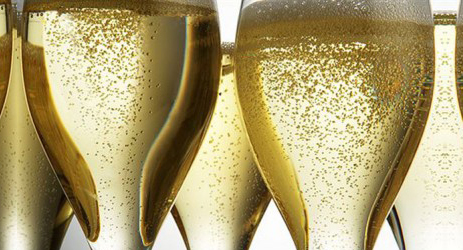
So how are sparkling wines made in general? Where do these tempting bubbles come from?
The answer is quite straight-forward: when the grape juice is fermented, sugar is transformed to alcohol and carbonic gas. When making still wines, the gas will escape naturally, whereas for sparkling wines, the gas will be kept dissolved in the wine.
This is achieved by keeping a lid on the tank or barrel, or applying a cork to the bottle. Though there are several methods to make sparkling wines, for all natural sparkling wines, this principle has always been the same. One of the reasons why Champagne is regarded as the best is because it is fermented for a second time in the bottle in which it is sold, this requires technique and experience.
There is also the cheaper option of producing bubbles by simply injecting the wines with carbon dioxide. Using advanced modern technology it has become possible to induce finer bubbles, which are not as big and as short-lived as normal carbonated soft drinks like coca-cola and lemonade.
All rights reserved by Future plc. No part of this publication may be reproduced, distributed or transmitted in any form or by any means without the prior written permission of Decanter.
Only Official Media Partners (see About us) of DecanterChina.com may republish part of the content from the site without prior permission under strict Terms & Conditions. Contact china@decanter.com to learn about how to become an Official Media Partner of DecanterChina.com.

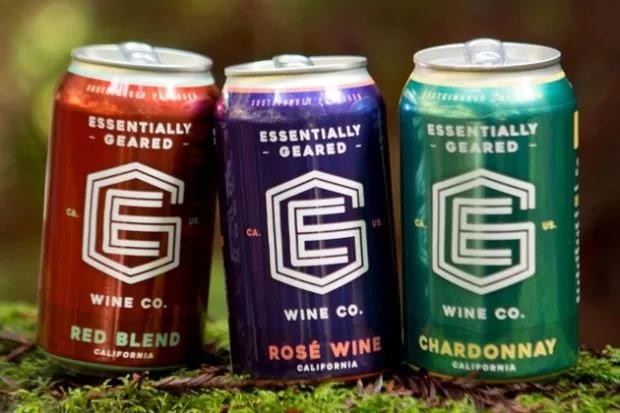
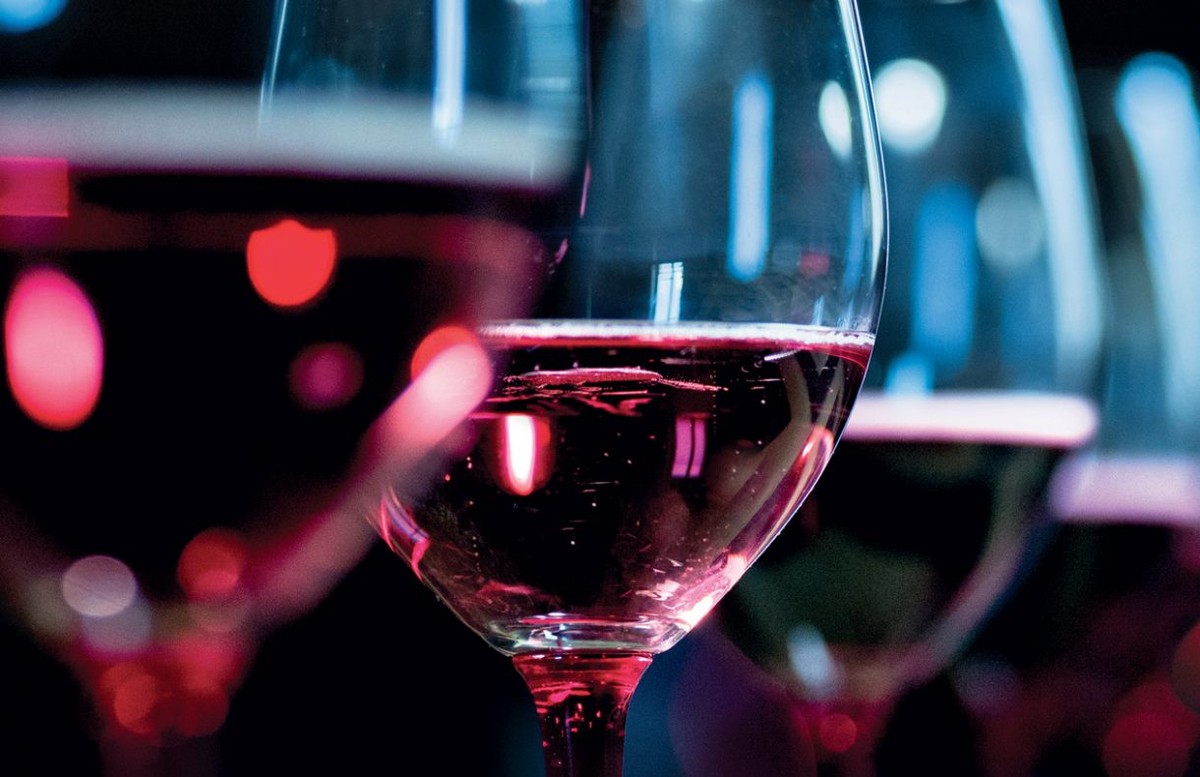
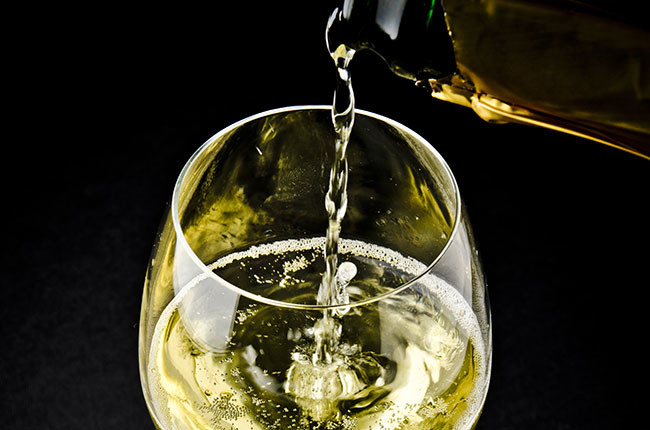
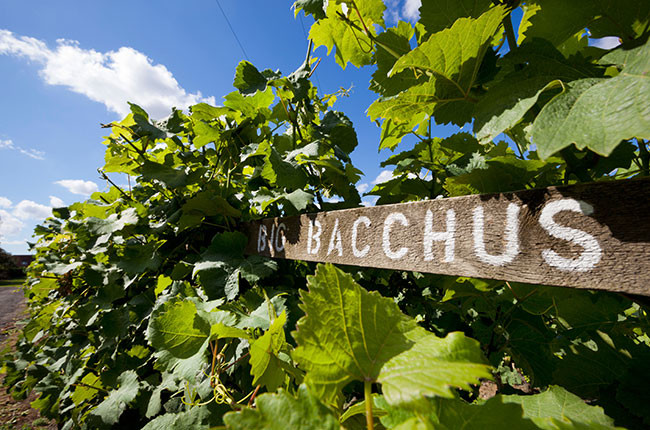
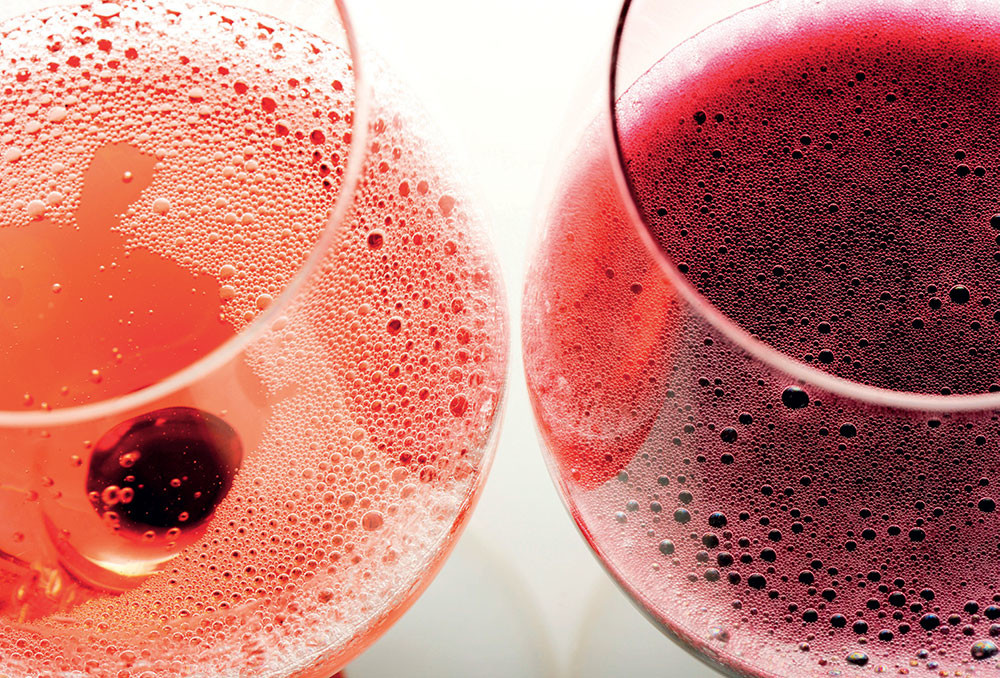
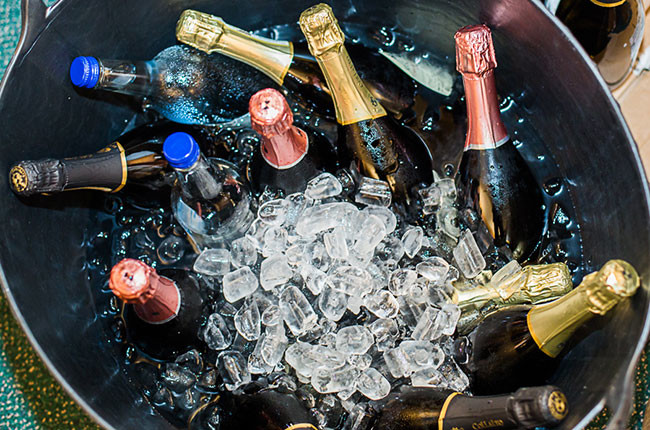
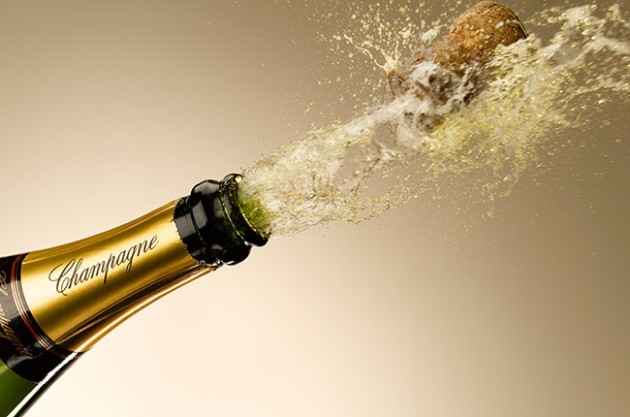
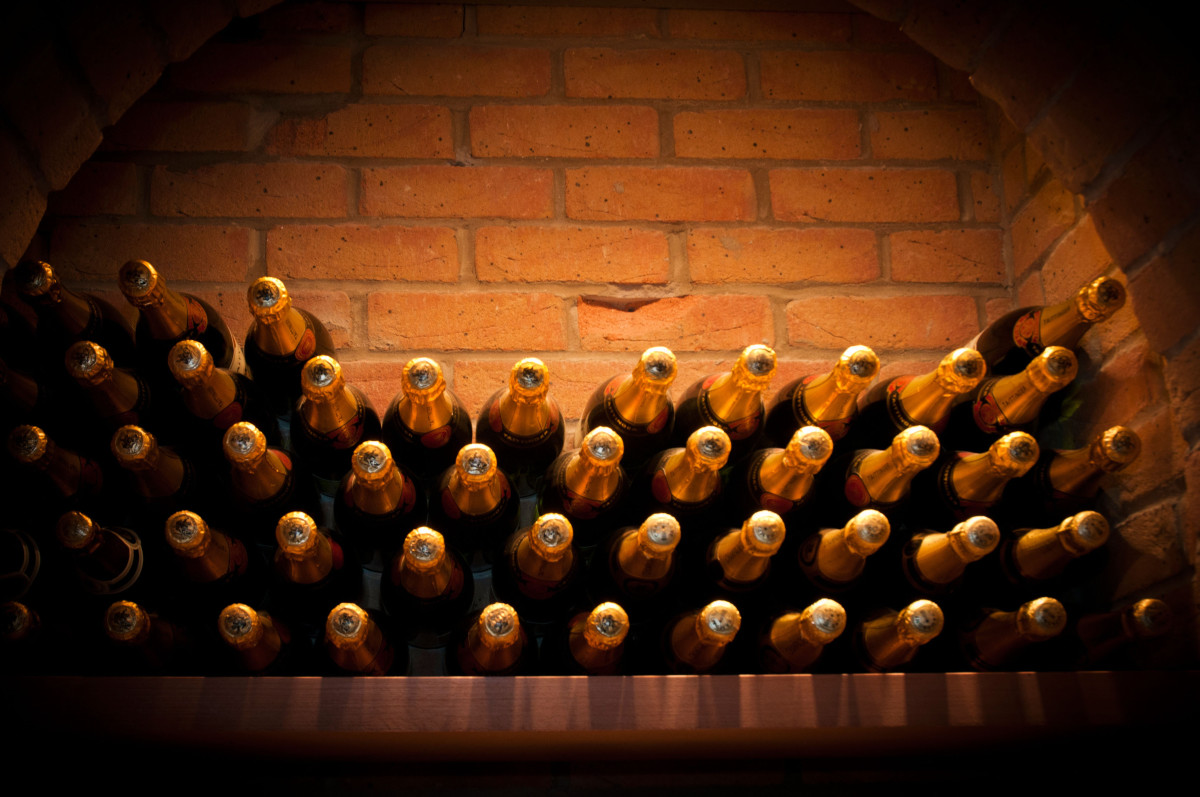
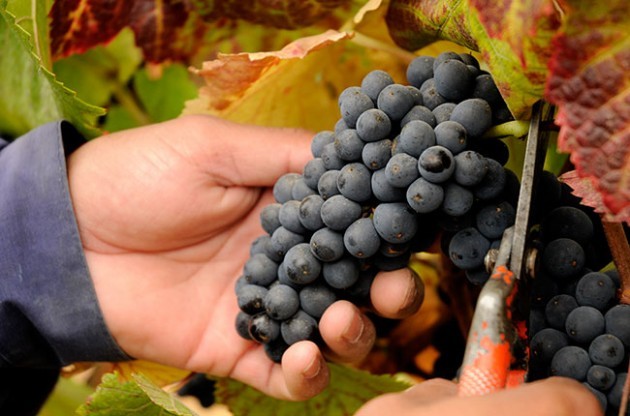
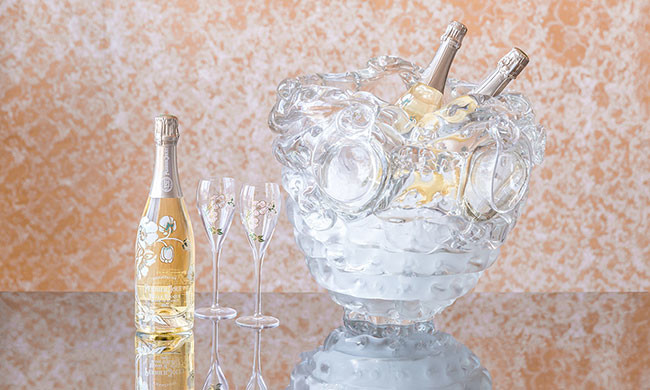
Comments
Submit